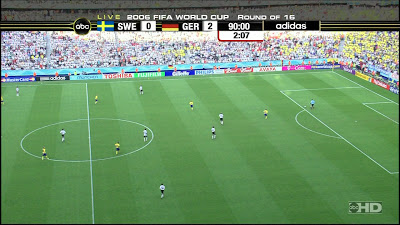ENGL 675: Writing for
Electronic Media
Reading Response for Tuesday, 9/10
Craig, Understanding Augmented Reality (Chapter 1 – What Is Augmented Reality?)
In reading
Chapter 1 of Understanding Augmented
Reality, I continued to relate descriptions of the featured technology, as
well as Craig’s definition of “augmented reality,” to experiences during which
I’ve utilized, been immersed in the medium. Craig provides somewhat of a
history and showcases the evolution of AR, and I questioned how dated this
medium actually is. Upon hearing the term AR for the first time, I most
recently considered it to be a new, up and coming medium; having now been
introduced to the topic, I realize it’s been around a little bit longer than I
thought and its presence is evident across disciplines.
According to
Craig, AR is “primarily a visual medium” (1-2). Its origins can be traced to
ancient times, but common examples are evident in our day-to-day lives. The
field I think most of is sports television. Here are some images (compliments
of Google):
We’ve seen the
image overlay that Craig talks about in our participation with sports
television and their affiliated programs. Sports reporters and anchors use
virtual playbooks to assist them with their broadcasts; viewers use cues (e.g.,
first down lines, scoreboard-like reports, network logos, play clocks, etc.) to
assist in their understanding of a game and its progress at a particular point
in time and placement on the field. Viewing a sport on TV shows us the game as
one in live attendance would see it, but with digital additions to the normal
world. For example, our TV broadcasts come to us in slight time lags, and with
closer, tighter — and in many cases, sharper — quality. The broadcasts use
field indicators such as those listed above (the “information components” as
Craig labels them) to show the viewer exactly what’s happening on a particular
drive on the field (the “physical component”).
During my
undergraduate years, I worked in Virginia Tech’s Athletic Communications
Office. During televised games, the network would need an employee from our
staff to communicate field placement and drives from our end to theirs via a
headset. Our employee would verbally provide network technicians with
individual drive stats so that these persons could accurately overlay the white
and yellow lines on the TV screen for viewers at home. On the occasion that I
filled this role — little did I know that I was participating in a common use
of AR.
While these
represent more dated examples of the medium, they illustrate my experience,
understanding of AR. Of course, today we’re seeing complex, interactive, 3D variations
created in the medium and we’re far more advanced.
Sources:
Craig, A. B. (2013). What is augmented reality? Understanding augmented reality: Concepts and applications (1-37). New York: Elsevier.
http://www.urban-survival-stuff.com/wp-content/uploads/2012/04/footballargame1.jpg
http://websterstyle.files.wordpress.com/2011/08/snapshot00576el.jpg
http://ictvictor.files.wordpress.com/2011/04/virtualplaybook2.jpg
http://cdn.www.easportsworld.com/static/sportsworld-us/_assets/media/en_US/VirtualPlaybook3.jpg
Craig, A. B. (2013). What is augmented reality? Understanding augmented reality: Concepts and applications (1-37). New York: Elsevier.
http://www.urban-survival-stuff.com/wp-content/uploads/2012/04/footballargame1.jpg
http://websterstyle.files.wordpress.com/2011/08/snapshot00576el.jpg
http://ictvictor.files.wordpress.com/2011/04/virtualplaybook2.jpg
http://cdn.www.easportsworld.com/static/sportsworld-us/_assets/media/en_US/VirtualPlaybook3.jpg




This comment has been removed by the author.
ReplyDelete